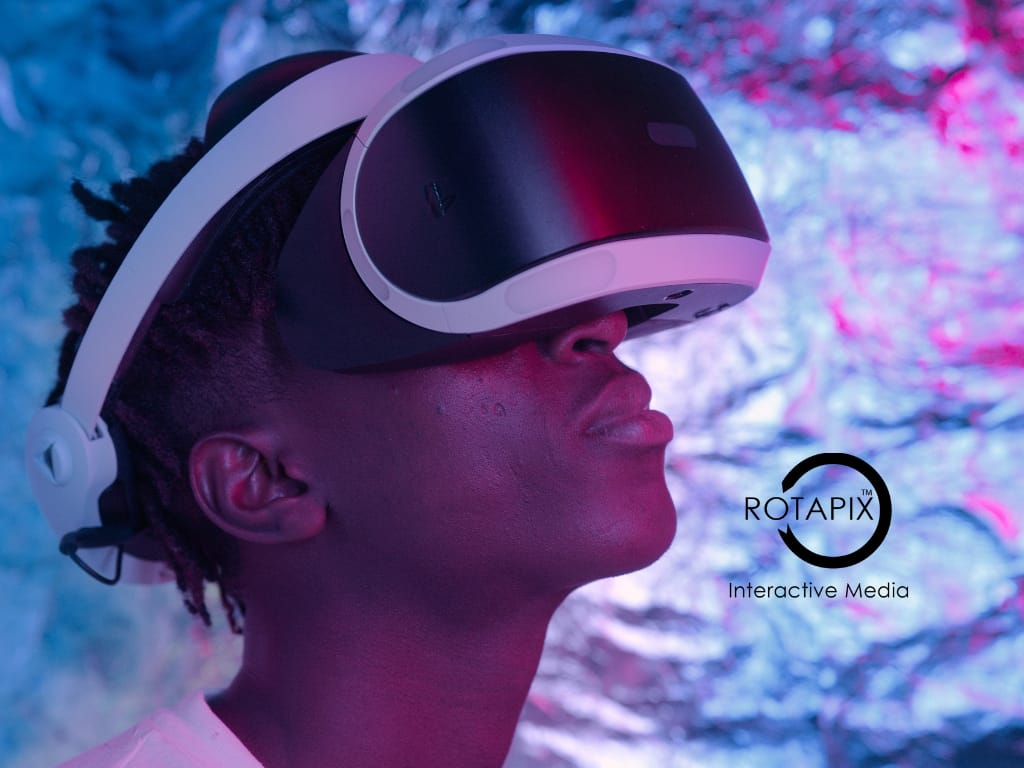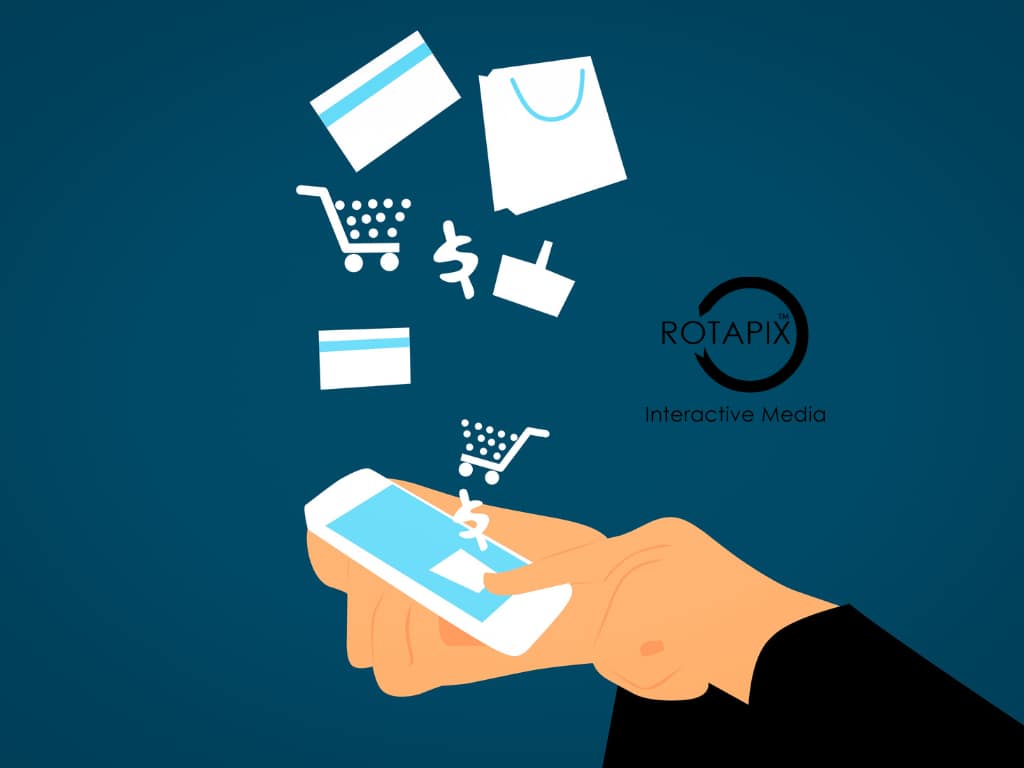AR ecommerce means using augmented reality (AR) to let customers interact with products in a more lifelike way—right from their phones or computers. Instead of just looking at pictures, shoppers can now see how a sofa looks in their living room or how glasses fit on their face before they buy.
This technology blends the real world with digital objects. For example, when you visit a product page, AR can show that item in your own space using your camera. This simple, fun experience helps people make better decisions when shopping online.
Augmented reality in e-commerce is no longer a “nice-to-have.” It’s quickly becoming something customers expect. Shoppers enjoy the convenience, and businesses enjoy the results—like higher engagement and fewer returns.
Why Businesses Are Investing in AR Ecommerce Today
Retailers are now seeing real benefits from ar ecommerce. First, it increases customer confidence. When buyers can preview products in real time, they’re more likely to go ahead with a purchase. Second, it improves satisfaction. Fewer surprises mean happier customers and better reviews.
Brands of all sizes—especially in fashion, furniture, and beauty—are turning to AR because it gives them a competitive edge. In a crowded online market, experiences matter. With AR, your store can stand out from the rest.
And it’s not just about tech. When done right, AR improves the entire shopping journey. From browsing to checkout, it keeps people engaged and informed. That’s why augmented reality in e-commerce is gaining popularity across industries.
So, whether you’re running a small online shop or a large retail brand, adding AR to your ecommerce strategy is worth serious thought. It helps build trust, reduce returns, and make shopping more fun—all things every customer (and business) can appreciate.
How Augmented Reality in E-Commerce Boosts Buyer Confidence
Helping Shoppers “Try Before They Buy”
One of the biggest struggles in online shopping is not being able to touch, try, or test a product before buying. This is where augmented reality in e-commerce steps in. It gives customers a better way to explore products in 3D or see how something will look in real life.
Whether it’s placing a virtual chair in your home or trying on lipstick through a phone camera, AR gives shoppers more control. It removes doubt and gives them the confidence to make faster buying decisions.
Reducing Returns and Building Trust
When customers feel confident, they’re less likely to return items. That’s a big win for online stores. Fewer returns mean lower costs, less hassle, and more satisfied buyers.
With ar ecommerce, you’re not just selling products—you’re offering peace of mind. It builds trust and helps your brand stand out as helpful and forward-thinking. Customers are more likely to come back when they feel good about the experience.
What Tools Can You Use to Add AR to Your Online Store?
Overview of Popular AR Development Tools and Platforms
There are many tools out there to help you get started with ar ecommerce. Some of the most popular ones include:
8thWall – Great for web-based AR with no app needed.
ZapWorks – A flexible tool with both beginner and advanced features.
Shopify AR – A built-in AR option for Shopify users.
Adobe Aero – Excellent for creating rich AR experiences without deep coding.
These tools make it easier to build and manage augmented reality in e-commerce experiences across different devices and browsers.
Choosing the Right Tool for Your Store’s Needs
The best AR tool depends on your store size, budget, and technical skills. For smaller shops, a plug-and-play platform with prebuilt templates might be perfect. Larger stores may want more customisation and developer control.
When picking a tool, think about ease of use, pricing, device support, and how well it integrates with your existing site. The right platform should make it easy to create high-quality AR that’s smooth and reliable for users.
How to Set Up AR Ecommerce Features Without Coding Skills
Simple Ways to Add AR with Plugins or Pre-Built Apps
Not a developer? No problem. Today, many ar ecommerce features can be added with easy plugins or third-party apps. Platforms like Shopify and WooCommerce offer AR plugins that you can install with just a few clicks.
These plugins often support things like 3D product viewers, camera previews, or real-time filters. You don’t need to write code or hire a development team—just upload your product models and you’re good to go.
Drag-and-Drop Solutions for Beginners
If you’re just starting out, look for AR builders with drag-and-drop interfaces. These are perfect for beginners and let you design an augmented reality in e-commerce experience without any tech stress.
They also come with customer support and tutorials, making the whole process smooth and quick. The goal is to let you bring AR to your store without delay—even if you’ve never done anything like it before.
How AI Ecommerce Integration Enhances the AR Experience
Combining AR and AI for Smarter Shopping
When you combine AR with ai ecommerce integration, the results are powerful. While AR shows the customer what a product looks like, AI can recommend what product to show. Together, they create a smarter, more helpful shopping experience.
AI can analyse shopper behaviour, preferences, and history to deliver personalised suggestions—then AR brings those products to life. For example, AI might suggest a new pair of shoes, and AR lets the shopper try them on virtually.
Personalising Customer Journeys with AI Tools
Shoppers love when an online store feels like it “gets” them. That’s where ai ecommerce integration makes a difference. With AI, your store can show the right content to the right person at the right time. And when paired with AR, this becomes even more engaging.
If you’re looking to use these advanced tools in your business, Rotapix Interactive Media can help. They are a trusted Digital Marketing company that offers services like ar ecommerce, augmented reality in e-commerce, ai ecommerce integration, and seo marketing. Their team helps businesses create smart, interactive, and personalised online shopping experiences with the latest tools and strategies.
How to Optimise Your AR Ecommerce Setup for SEO Marketing
Making AR Content Searchable and Discoverable
Even the best AR content won’t help if people can’t find it. That’s why seo marketing is so important for ar ecommerce. You need to make sure your AR pages are indexed by search engines, have fast loading times, and include clear descriptions.
Use proper keywords, product tags, and schema markup to tell Google what your AR experience is about. This helps your site show up when people search for things like “try on glasses online” or “see furniture in my room.”
Tips for Boosting Traffic with Smart SEO Marketing
Here are a few ways to improve your AR pages with seo marketing:
Write simple, clear product descriptions
Use high-quality images and videos
Add alt text and metadata to AR content
Keep page load speed fast
Make sure your AR tools work on mobile, since more shoppers use phones. A mobile-friendly experience that’s easy to find will drive more traffic and turn visitors into buyers.
What to Know Before Launching Your AR Ecommerce Store
Common Setup Mistakes to Avoid
Before going live with your ar ecommerce features, take a moment to check everything. Some common mistakes include:
Using large 3D files that load too slowly
Not testing on different devices
Forgetting to explain how AR works on the page
These small issues can ruin the user experience. Always test your AR flow like a customer would.
Final Checklist Before Going Live with AR Features
Here’s a simple go-live checklist:
All AR content is mobile-friendly
3D models are compressed and load fast
Pages are optimised with seo marketing
Analytics are set up to track performance
Staff are ready to assist with AR-related questions
Launching an augmented reality in e-commerce store doesn’t need to be hard. With the right tools, good planning, and a little help, you can create an experience that wows your customers and grows your brand.








